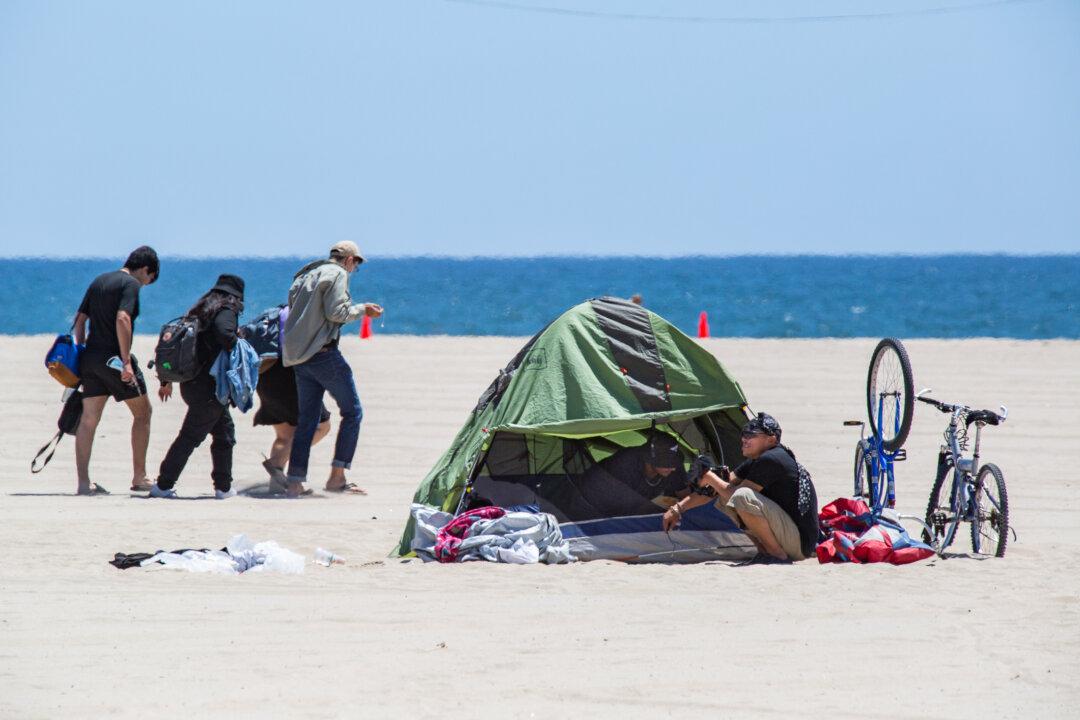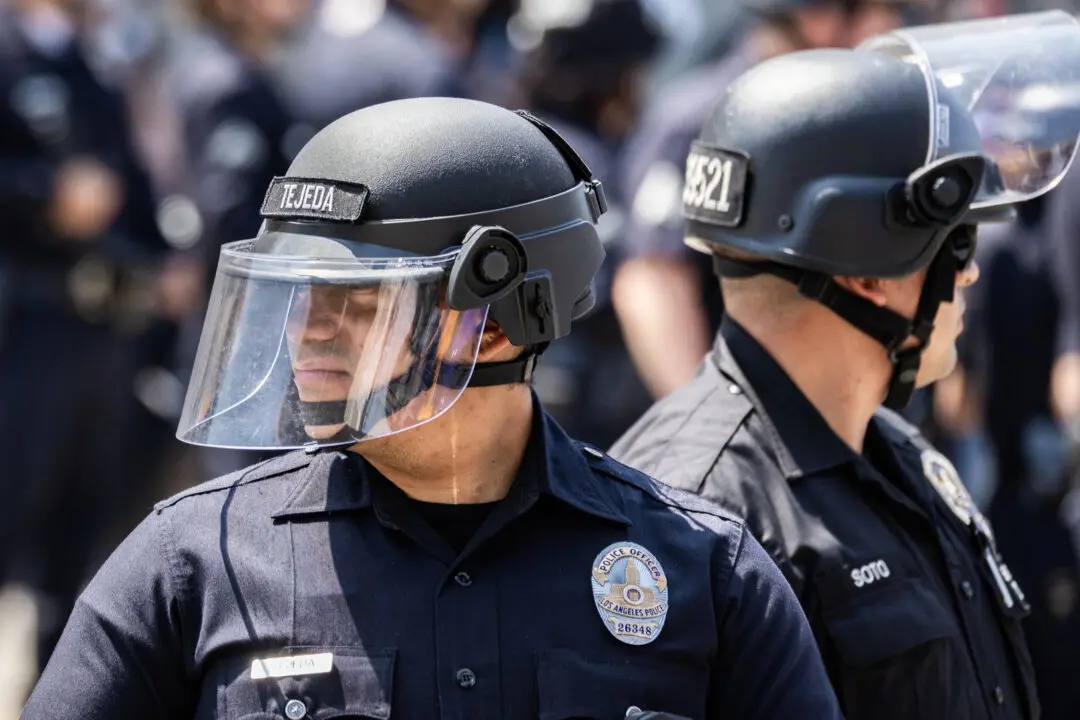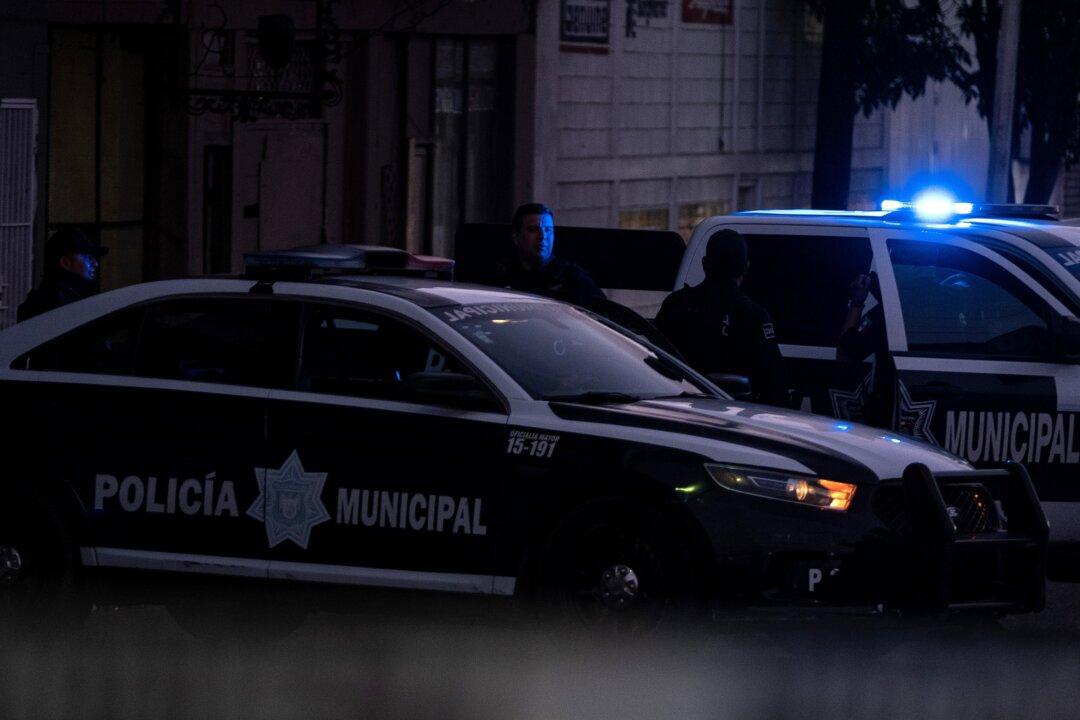LOS ANGELES—On the last official day of the Encampment to Home initiative to offer a pathway to permanent housing to people living along the Venice Boardwalk, Councilman Mike Bonin and Mayor Eric Garcetti said on July 30 that 191 people have been brought indoors.
“A metric that people are judging this by is how the boardwalk looks, and that’s a reasonable one, but the metric that really matters is how many people have been brought indoors and how many lives are being transformed for the better,” Bonin said.





